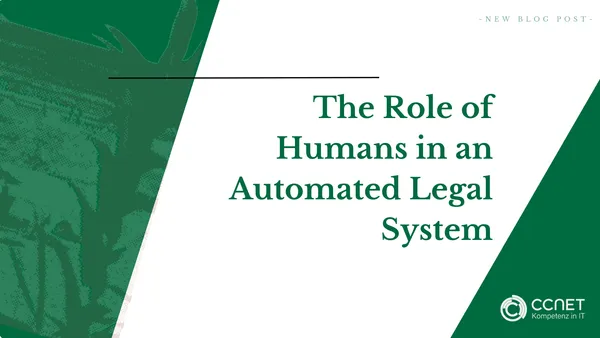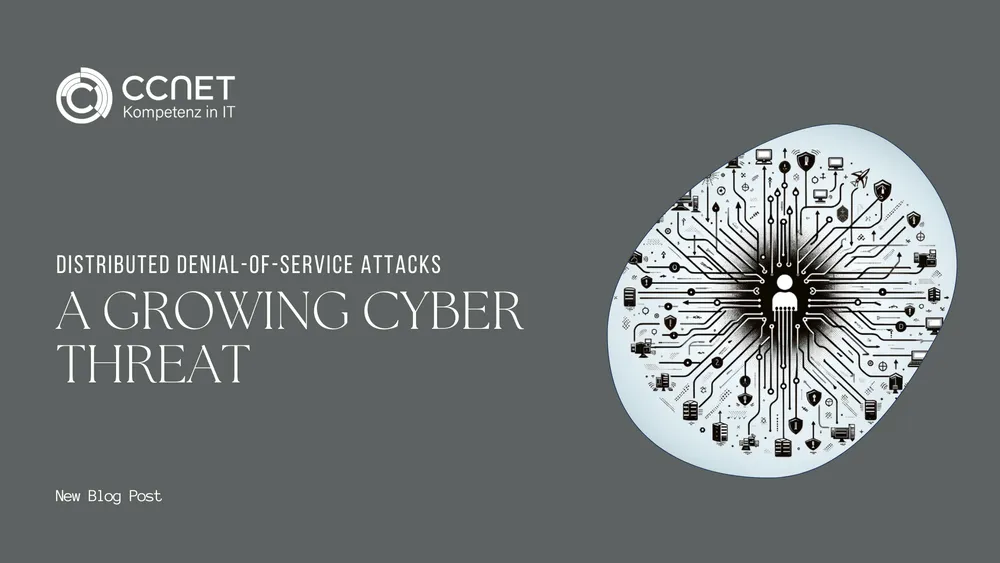
CCNet
Aug 7, 2024 • 2 min read

The Role of Humans in an Automated Legal System: Security and Challenges
Another issue arises from the selective acceptance of machine decisions by humans. Individuals may be inclined to embrace algorithmic suggestions that confirm their biases, perpetuating stereotypes. Developing systems that encourage critical review and objective decision-making is crucial to mitigate these biases, ensuring that underlying algorithms facilitate fair and balanced assessments. Furthermore, implementing transparency measures in algorithmic processes can enhance accountability and trust, enabling stakeholders to understand how decisions are made and scrutinize potential biases effectively. Through interdisciplinary collaboration and continuous refinement, it's possible to foster greater awareness and responsibility in the deployment of AI systems, thus promoting fairness and equity in decision-making across various domains.
Human in the Loop: Ensuring Human Oversight
The concept of "Human in the Loop" emphasizes the need to involve humans in crucial stages of automated administrative processes to retain final decision-making authority with humans and ensure control over decisions proposed by AI systems. It aims to strike a balance between leveraging technological efficiency and preserving human judgment and ethical responsibility. This model not only promotes transparency and accountability but also enables continuous improvement of AI algorithms through human feedback.
The Dangers of Automation Bias
A challenge in integrating AI into legal decisions is automation bias. Humans tend to trust automatic recommendations, even in the presence of errors, especially when they confirm their beliefs. This can lead to false security and impair critical evaluation, resulting in inaccurate or unfair decisions. It is important to recognize automation bias and take measures to minimize its effects and ensure the integrity of the decision-making process.
Selective Acceptance and Stereotyping
Another issue is the selective acceptance of machine decisions by humans. They may be inclined to accept algorithmic suggestions that align with their biases, leading to the reinforcement of stereotypes. It is crucial to develop systems that promote critical review and objective decision-making to minimize such biases and ensure that the underlying algorithms enable a fair and balanced assessment. Additionally, fostering awareness and providing training on bias detection and mitigation techniques can empower users to actively identify and address potential biases in machine-generated outputs, thus contributing to a more equitable and just decision-making process.
Integration and Training
To limit the negative effects of AI systems, it is important to involve legal practitioners early in the design process of the systems. This helps tailor the systems to the actual needs and workflows of users. Continuous training and feedback from users are essential to calibrate the systems correctly and ensure their effectiveness. Furthermore, close collaboration between developers and users enables continuous improvement of AI systems in line with changing requirements and developments in legal practice. This iterative approach promotes adaptability and responsiveness to evolving challenges and opportunities in the legal landscape, ultimately fostering greater trust and confidence in AI-driven solutions among legal professionals and stakeholders.
Conclusion
The integration of AI into legal administrative processes offers numerous opportunities to improve efficiency and accuracy. However, it is imperative that these technologies remain under constant human control and evaluation. Only through conscious and critical human involvement can the benefits of automation be fully realized without undermining the ethical foundations of the legal system. Continuous review and adjustment of AI algorithms should ensure that they meet legal requirements and principles of justice while incorporating human judgment and empathy in complex cases.
How do you envision the future development of the role of humans in automated legal proceedings? Do you believe technology will ever be able to fully replace human decision-makers, or should there always be a "Human in the Loop"?


